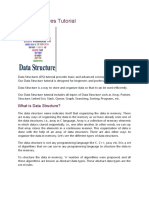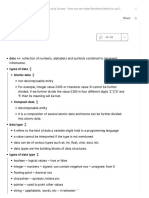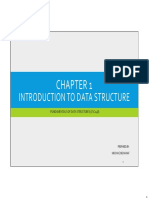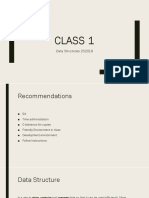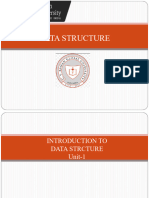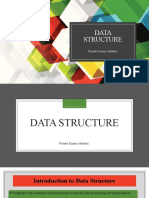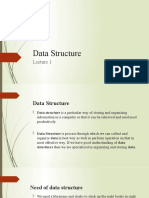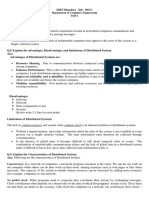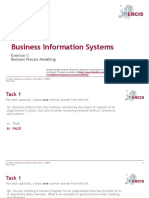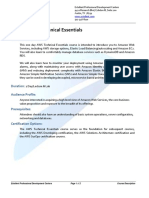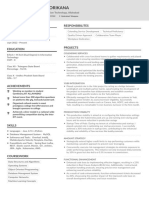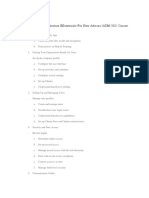0% found this document useful (0 votes)
18 views15 pagesIntroduction to Data Structures
j
Uploaded by
lakshansuthakaran1465Copyright
© © All Rights Reserved
We take content rights seriously. If you suspect this is your content, claim it here.
Available Formats
Download as PPTX, PDF, TXT or read online on Scribd
0% found this document useful (0 votes)
18 views15 pagesIntroduction to Data Structures
j
Uploaded by
lakshansuthakaran1465Copyright
© © All Rights Reserved
We take content rights seriously. If you suspect this is your content, claim it here.
Available Formats
Download as PPTX, PDF, TXT or read online on Scribd
/ 15


